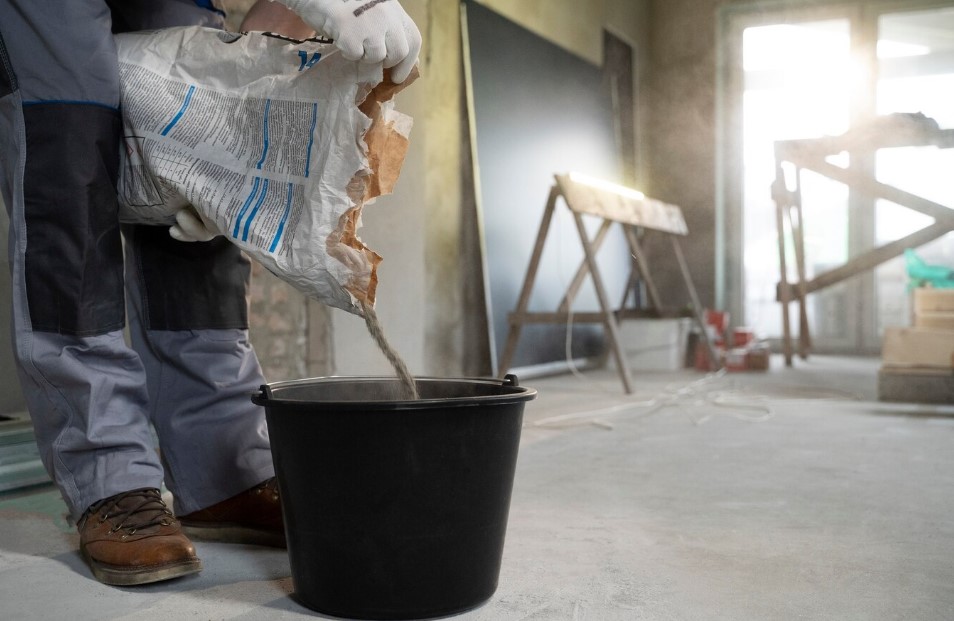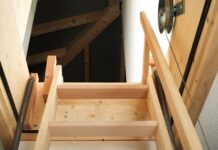There’s something uniquely rewarding about turning a neglected basement into one of the most inviting rooms in the house. As someone who’s spent years working with my hands—measuring, leveling, wiring, and styling—there’s no space I love renovating more than a basement. It’s your blank canvas, hidden under your home, just waiting to become something special.
But this isn’t about throwing up drywall and calling it a day. A successful basement renovation is equal parts technical know-how and intentional design. The magic happens when good structure meets smart style. In this regard, you can also consult local basement renovation experts who can help balance the structural requirements with design choices, making sure the finished space is both functional and tailored to your lifestyle. Whether you’re looking to add value before a sale or just expand your living space with intention, here’s your guide to doing it right from start to finish.
Key Highlights
- Address structural needs first before moving into style.
- Lighting layers transform a dim space into something warm and livable.
- Visual focal points define the room and add character.
- Safety upgrades support added electrical load.
- Flooring choices affect comfort, function, and aesthetic.
- Thoughtful zones and styling pull everything together beautifully.
Begin with the Right Foundation—Literally
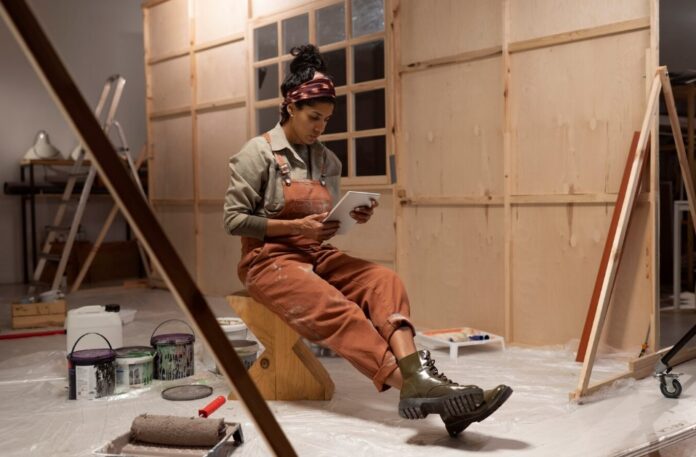
One of the biggest mistakes I see in basement renovations is focusing too much on finishes before the bones are ready. Sure, new furniture and trendy decor are exciting, but none of that matters if the space isn’t safe, dry, and functional.
Start by dealing with moisture—always. Even a small water issue can snowball into mold, rot, or structural damage. Seal all wall cracks and apply a waterproof membrane to exterior walls if possible. If you live in an area prone to flooding or high groundwater, consider installing a sump pump and a backup power source. A dry basement is a usable basement.
Insulation is next. Without it, your basement will always feel cold, regardless of how beautifully it’s decorated. Choose foam or mineral wool insulation that resists moisture and won’t break down over time. Install vapor barriers behind drywall to maintain a sealed thermal envelope.
Finally, assess your electrical capacity. Most basements weren’t originally wired for modern living, let alone high-wattage use like electric heaters, office tech, or a kitchenette. A professional switchboard upgrade ensures you can safely run all your fixtures and appliances without overload risks. It’s one of the smartest upgrades you can make—especially if your renovation includes new lighting, entertainment systems, or even a washer/dryer setup.
Create a Visual Anchor That Defines the Room
Once your basement’s structure is solid, it’s time to bring in style—and that starts with a visual anchor. This focal point instantly adds character and helps define your layout, making the space feel curated rather than chaotic.
Here are a few of my favorite ways to create a strong visual anchor:
- Wood accent walls
I’m especially drawn to vertical slat installations in natural or dark oak tones. They bring in a warm, Scandinavian-modern feel—clean, inviting, and sophisticated without being overwhelming. - Painted arches or color-blocked zones
These work beautifully behind shelving, reading nooks, or media units. A well-placed arch or bold block of color can break up long stretches of wall and give the space a playful or artistic edge. - Fireplace units
Even electric fireplaces can add major charm—especially when paired with a stone or brick veneer wall. They’re not just cozy—they double as a luxe design element. - Textured finishes
If you’re comfortable with tools, try adding tile, faux concrete, or veneer stone. These finishes create depth and warmth and are totally achievable as a weekend DIY.
💡 Pro tip: Your focal area should immediately catch the eye when you walk in. It sets the mood for the entire basement and becomes the design foundation everything else builds around.
Layer Your Lighting for Impact and Comfort
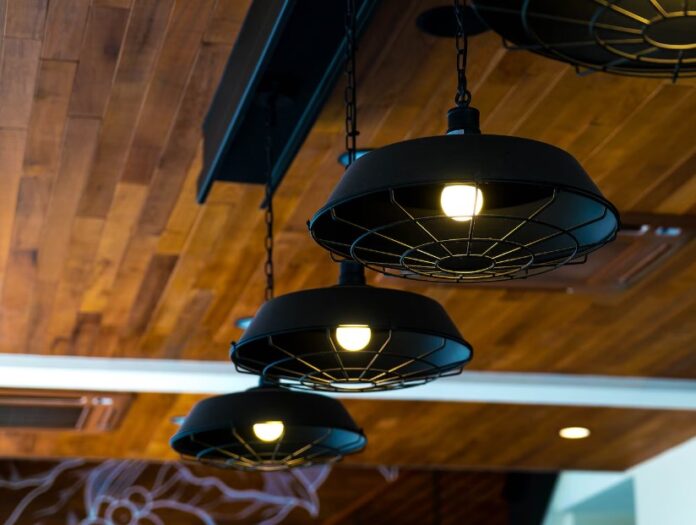
Basements rarely come with much natural light, so your lighting choices have to do double duty: illuminate and elevate.
Lighting strategy that works:
- Ambient lighting: Recessed LEDs provide full-room brightness without overwhelming the ceiling height.
- Accent lighting: Add strip lights behind floating shelves or under cabinets to create warmth.
- Task lighting: Use wall sconces or focused pendant lights in reading nooks or kitchenettes.
- Dimmers: Always use dimmable switches—this lets you shift between “focus mode” and “relaxing evening.”
Lighting can make or break the atmosphere. I always plan lighting before drywall goes up—that way, you don’t have to sacrifice brightness for aesthetics.
Define the Space With a Stylish Feature Wall
Basements are often one big open box. The easiest way to give it personality? Create a statement wall.
Feature wall ideas that elevate:
- Wood slat paneling: Elegant, modern, and easy to DIY.
- Painted arch or geometric shape: Use contrasting colors to break up long walls.
- Stone or brick veneer: Especially beautiful around entertainment centers or fireplaces.
- Floating shelves with backlighting: Perfect for books, art, or layered décor.
A focal wall doesn’t just make the room look intentional—it helps visually divide space without needing partitions or extra framing.
Use Flooring That Can Handle Anything

Your basement floor takes on more than foot traffic—it handles temperature shifts, occasional moisture, and a lot of daily wear.
Best flooring picks:
- Luxury vinyl plank (LVP): Durable, waterproof, and available in beautiful wood tones.
- Painted concrete: Budget-friendly and modern, especially with stencils or epoxy finishes.
- Waterproof laminate: Good for drier basements that need a softer touch.
- Add rugs for warmth: Layer flatweave rugs over hard floors to define space and add comfort.
Stick with floors that can take a hit and still look good doing it—because style without function doesn’t last.
Create Intentional Zones That Feel Like Rooms
A finished basement doesn’t have to be one big rec room. By breaking the space into zones, you can make it feel like multiple rooms in one.
My favorite zone setups:
- Media room
Mount a TV on a feature wall, use dark paint or wood paneling for a cozy feel, and consider acoustic panels if the space echoes. A sectional or recliner setup completes the vibe. - Guest bedroom https://www.decoist.com/2014-03-28/basement-bedroom-design-ideas/
Use a Murphy bed or a quality sleeper sofa. Separate the space with a curtain, folding screen, or even a partition wall. Add soft lighting and wall hooks to make it feel more like a retreat than a basement bed.
- Home office
Carve out a quiet corner with task lighting, a compact desk, and a vertical bookshelf. Wall-mounted organizers and pegboards can keep things tidy without adding bulk. - Kids’ play zone
Install built-ins with soft-close storage bins, add a chalkboard or whiteboard wall, and use a soft area rug for comfort. Keep this zone open and easily visible for safety. - Bar cabinet zone https://www.instagram.com/p/C1DaB8uJln7/
Perfect for entertaining or unwinding at the end of the day. Include a slim bar cabinet or a built-in unit with floating shelves above. Add an accent wall behind it (like tile or deep navy paint), under-shelf lighting, and a small fridge or wine cooler if space allows.
Each zone should have a clear purpose and visual cues to separate it from the others, whether that’s through lighting, color, or furniture layout. Just remember—while zones should feel distinct, your overall style should remain cohesive to keep the space from feeling busy or disjointed.
Add Storage That Blends Into the Design
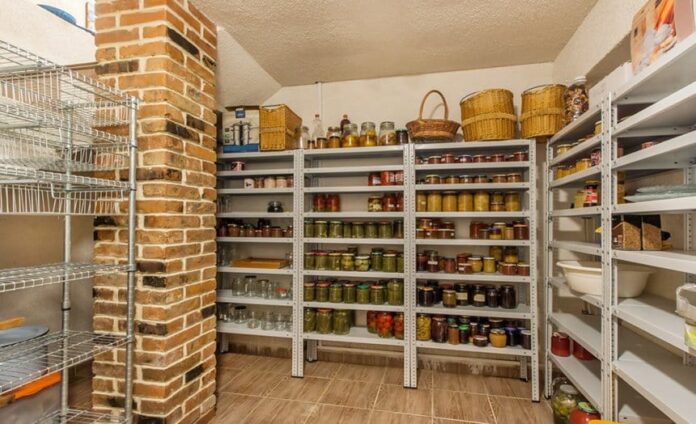
Smart storage makes a basement livable—and adds long-term value. But forget plastic bins stacked in the corner. You want storage that looks built-in, even if it’s DIY.
Storage upgrades that impress:
- Under-stair drawers: These are one of my favorite projects—so functional and clean-looking.
- Low-profile cabinets with wood counters: Great for extra linens, tools, or media storage.
- Bench seating with lift-up lids: Especially useful in entry areas or reading corners.
- Tall wardrobes with mirrored fronts: Reflect light while keeping clutter tucked away.
Even if you don’t need it now, buyers love to see storage done right. It’s one of the highest-ROI features in any basement redo.
Style With Natural Textures and Warm Layers
Now the fun part—turning that blank space into something you want to spend time in. You don’t need expensive décor to create a cozy, elevated space. Just stick with a warm palette, tactile materials, and intentional layering.
Design tricks that always work:
- Mix materials: Wood, linen, jute, and velvet play beautifully together.
- Stick with a tight color palette: Soft whites, olive, clay, charcoal, and muted golds create a cohesive, calm vibe.
- Add greenery: Real or faux, plants break up hard lines and bring life to lower levels.
- Use mirrors: Hang large, rounded-edge mirrors to bounce light and expand space.
- Layer textiles: Think boucle pillows, knit throws, and textured rugs in every zone.
You don’t have to follow trends to design well—just follow your sense of flow, proportion, and comfort. To take your basement to the next level, consider bringing in professional help.
A quick online search for “Basement Contractor Near Me” can connect you with experienced contractors who know how to plan the layout, recommend materials, and manage construction or finishing efficiently.
With the right expertise, your basement can become a stylish, functional, and lasting extension of your home, without the stress or costly mistakes of going it alone.
Final Thoughts
Basement renovations aren’t weekend projects—they’re transformations. When done with care and vision, they don’t just create extra space. They create value. Value for your lifestyle, your comfort, and your home’s resale potential.
Start with a solid structural foundation. Upgrade your lighting, insulation, and electrical systems to support modern living. Then let your style come through with zoning, storage, and beautiful details that make the space feel like you.
Whether you’re crafting a calm retreat, a place for guests, or a multi-functional family zone, the basement can be one of the most rewarding places in your home to renovate. Just don’t be surprised if it becomes your favorite room when you’re done.

